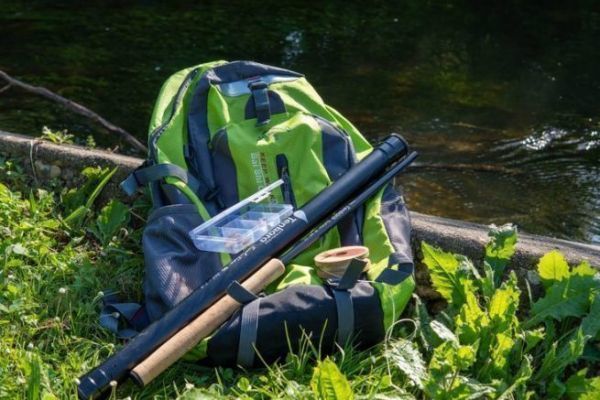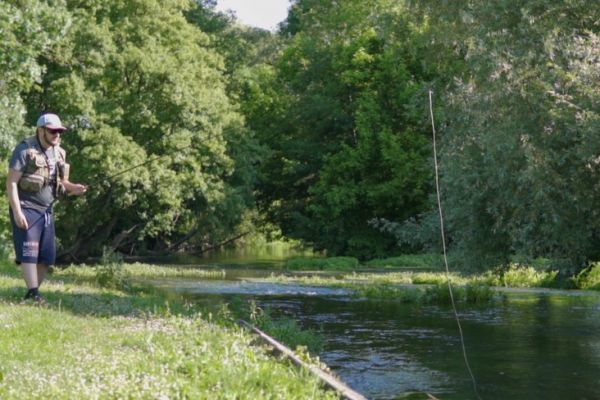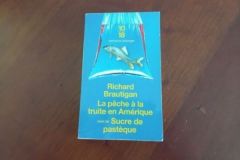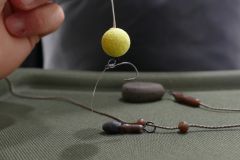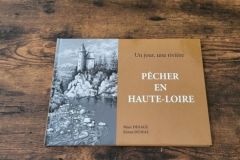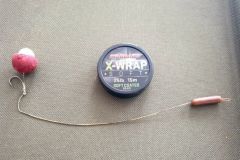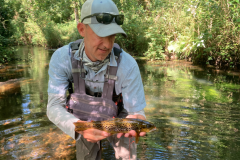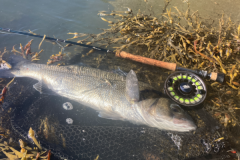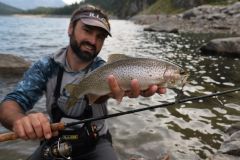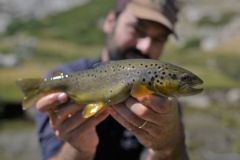Tenkara fishing equipment is basic:
- A very light telescopic rod (around 100 grams)
- A braided line
- A leader
- Flies
A cane in a backpack
The telescopic rod, usually 12 feet (3.65 meters) long, is made up of ten or so elements whose differing rigidity gives the rod its action.
These include :
- 5/5 rods (5 stiff and 5 supple elements), quasi-parabolic
- 6/4" canes
- 7/3 rods
- state-of-the-art 8/2 action rods
The advantage of these canes is that, when folded, they are only about 50 cm long (less than 30 cm for the shortest). An ideal size for a backpack for hiking, biking or motorcycling.
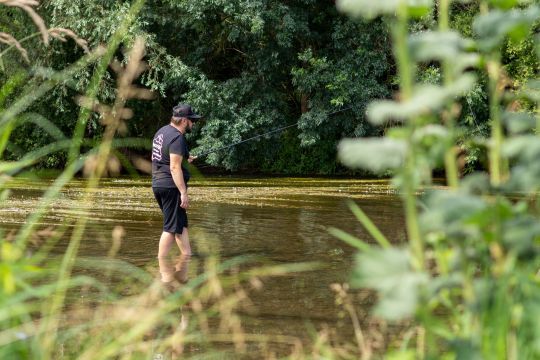
Braided line and leader
A line, made of braided horsehair in the old days, is now made of braided monofilament the length of the rod. This line is tapered to improve casting and energy transmission.
The line is attached to the rod by means of a loop-type assembly on the rod's lilian (line connector), making for quick and easy installation.
The leader is made up of two, three or four pieces, depending on the desired tip diameter. The end of the line is considered to be 25/100. So, depending on the size of fly used, the leader you create will be made up of a 20/100 section, an 18/100 section, then a 16/100 section and finally a 14 or even 12 or 10/100 tip.
For the length degressivity of the different strands, I make this leader as if I had to make a leader for a traditional 12 foot fly rod. 70 cm / 50 cm / 40 cm / 30 cm and my 150 cm tip which I will make in two different diameters if I have to go down to 10/100.
When it comes to choosing my tip diameter, the size of the fly dictates, and rule 28.
What is rule 28 for tenkara fishing?
This is the rule that says that the diameter (in hundredths of a mm) added to the hook size of the fly must equal 28.
Examples: for a size 14 fly, the tip diameter must be 28-14 = 14/100. For a size 18 fly, the tip diameter should be 28-18=10/100. It's a simple way to make your choice.
Line and leader are stored on a cork strand wide enough to limit the memory effect of the nylon.
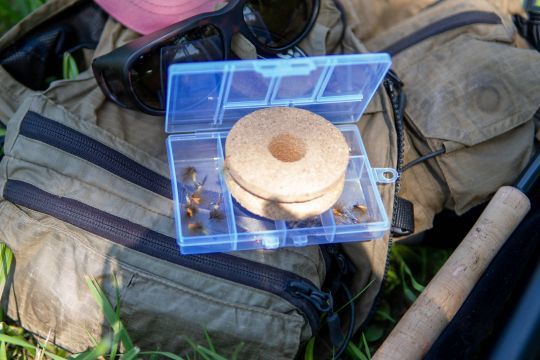
Flies for tenkara fishing
For flies, there are of course the traditional tenkara flies, but it is possible, and just as effective, to fish with standard flies. That's what I do. My boxes of flies are used for both techniques, bearing in mind that, as with fly fishing, it's possible to practice tenkara with dry flies, drowned flies or nymphs.

 /
/ 

